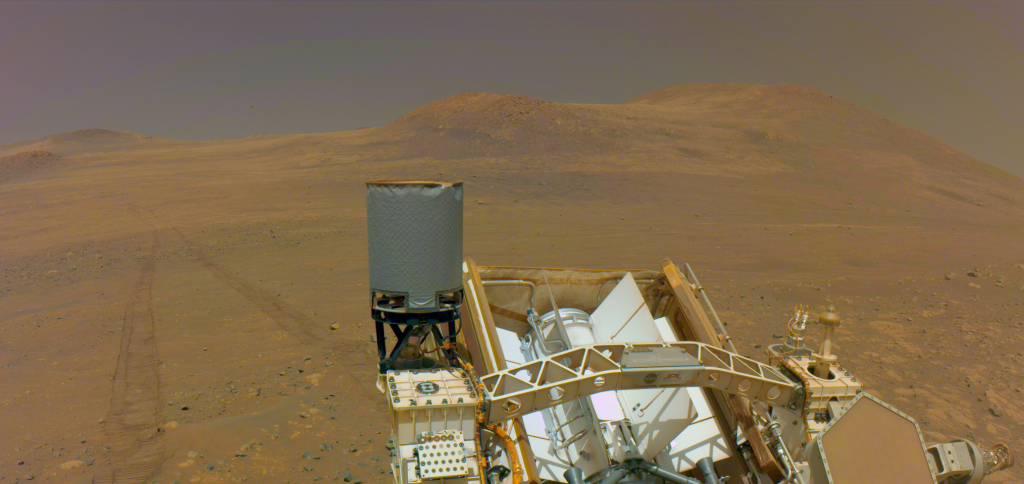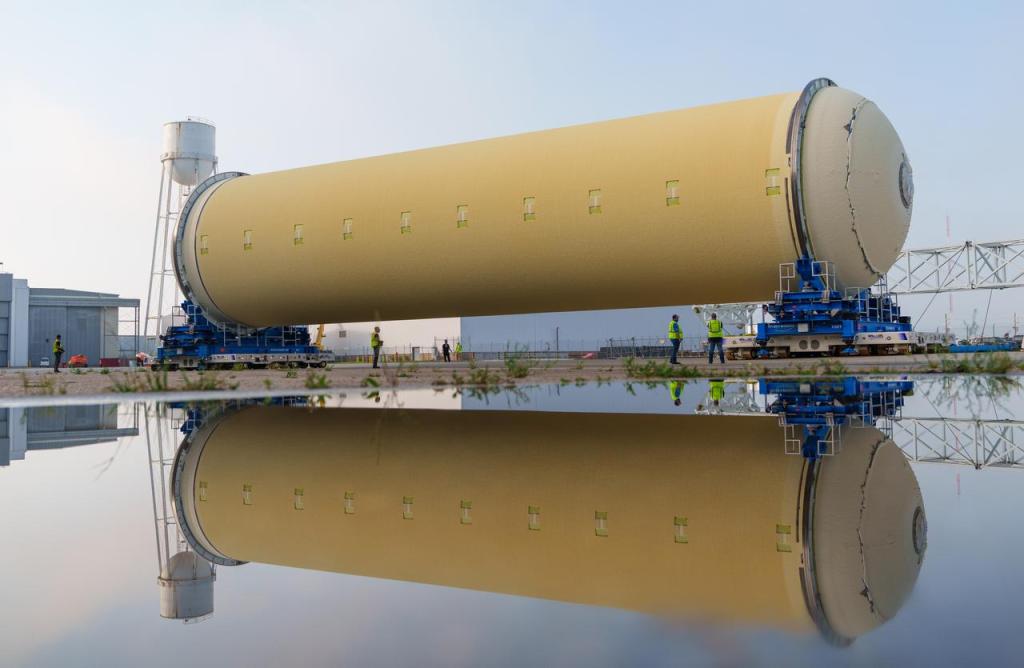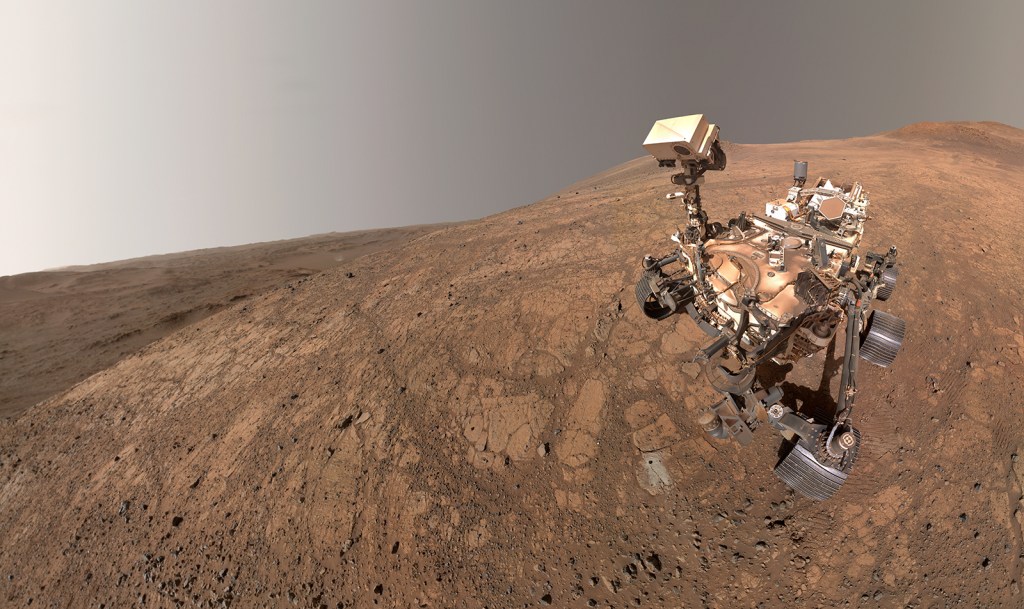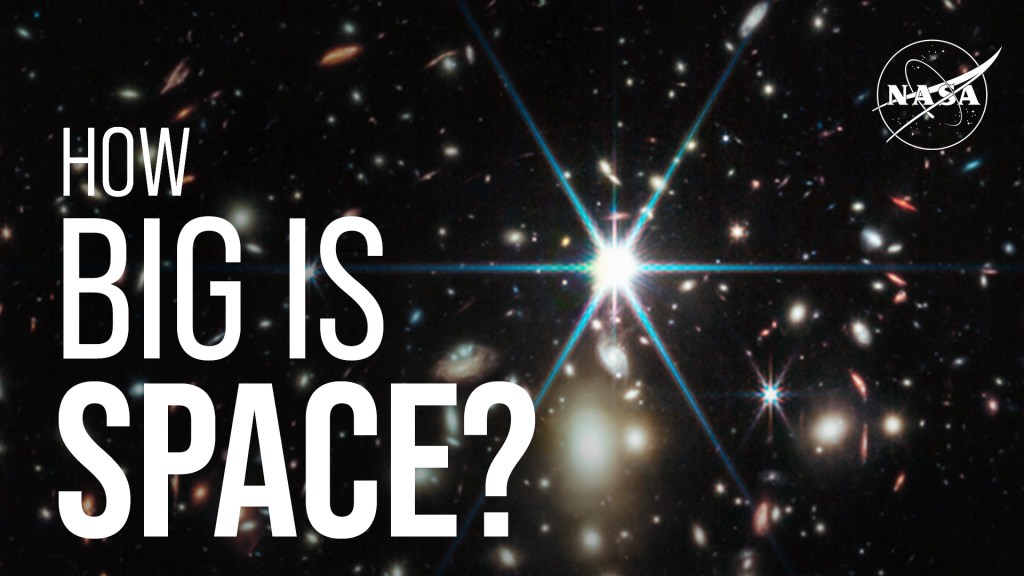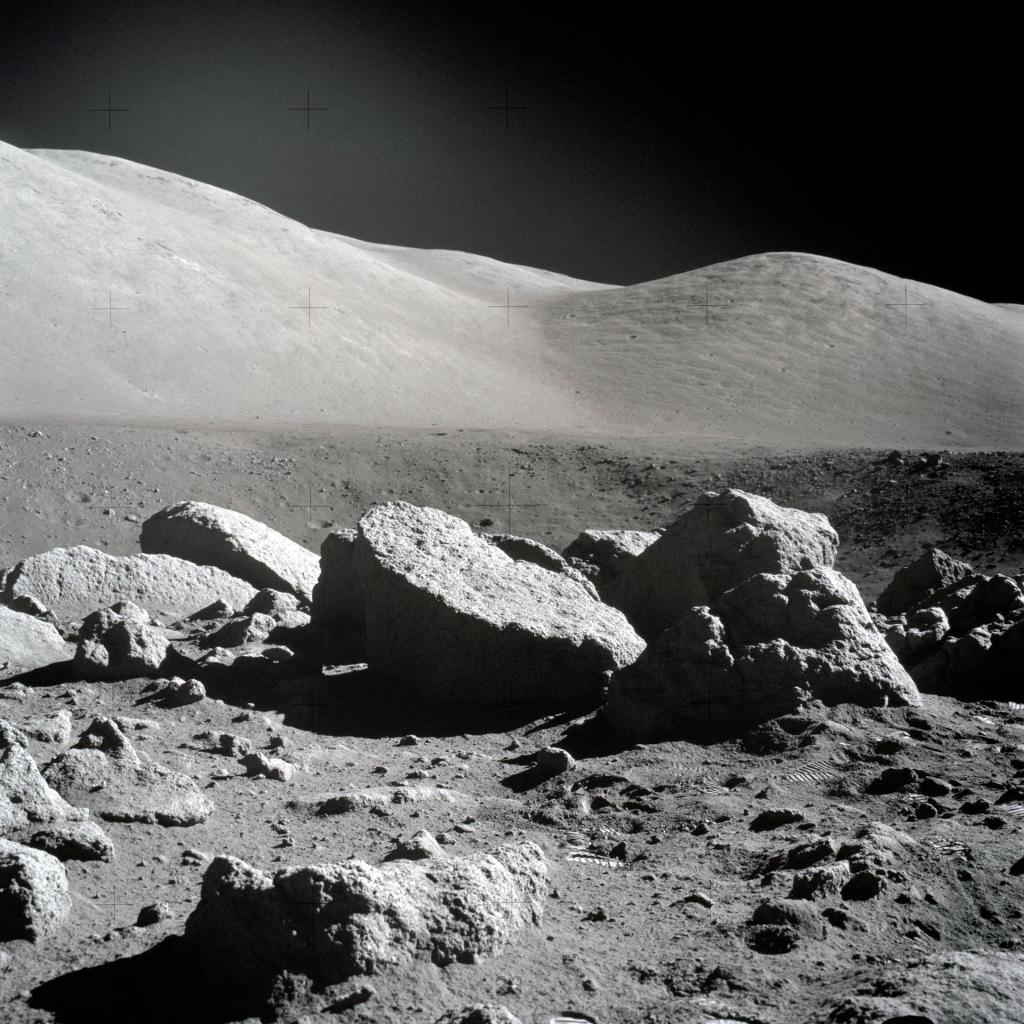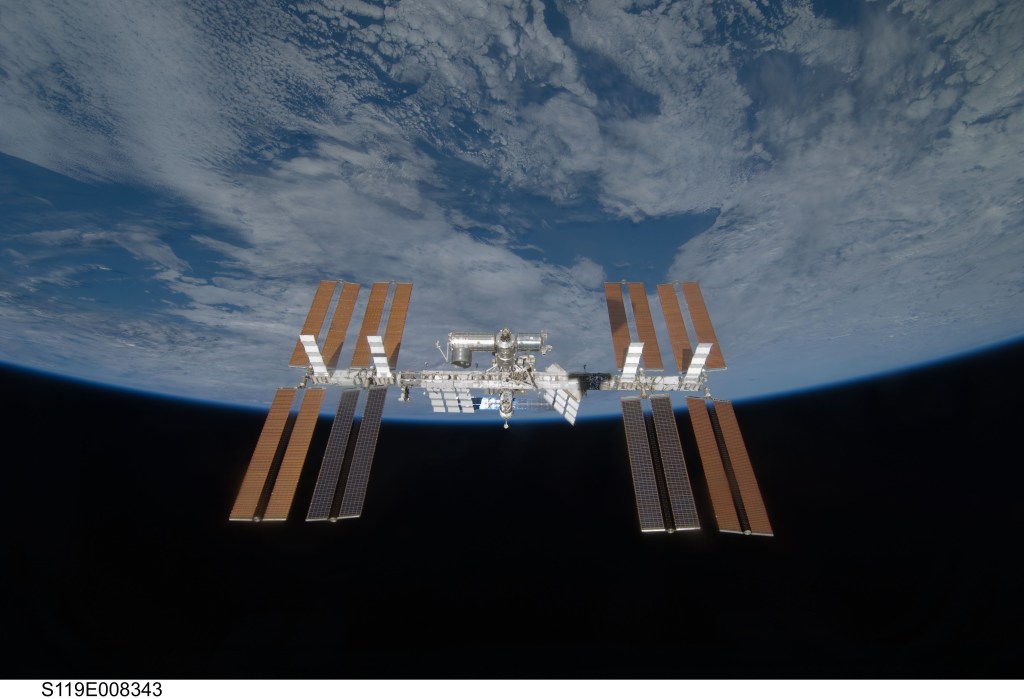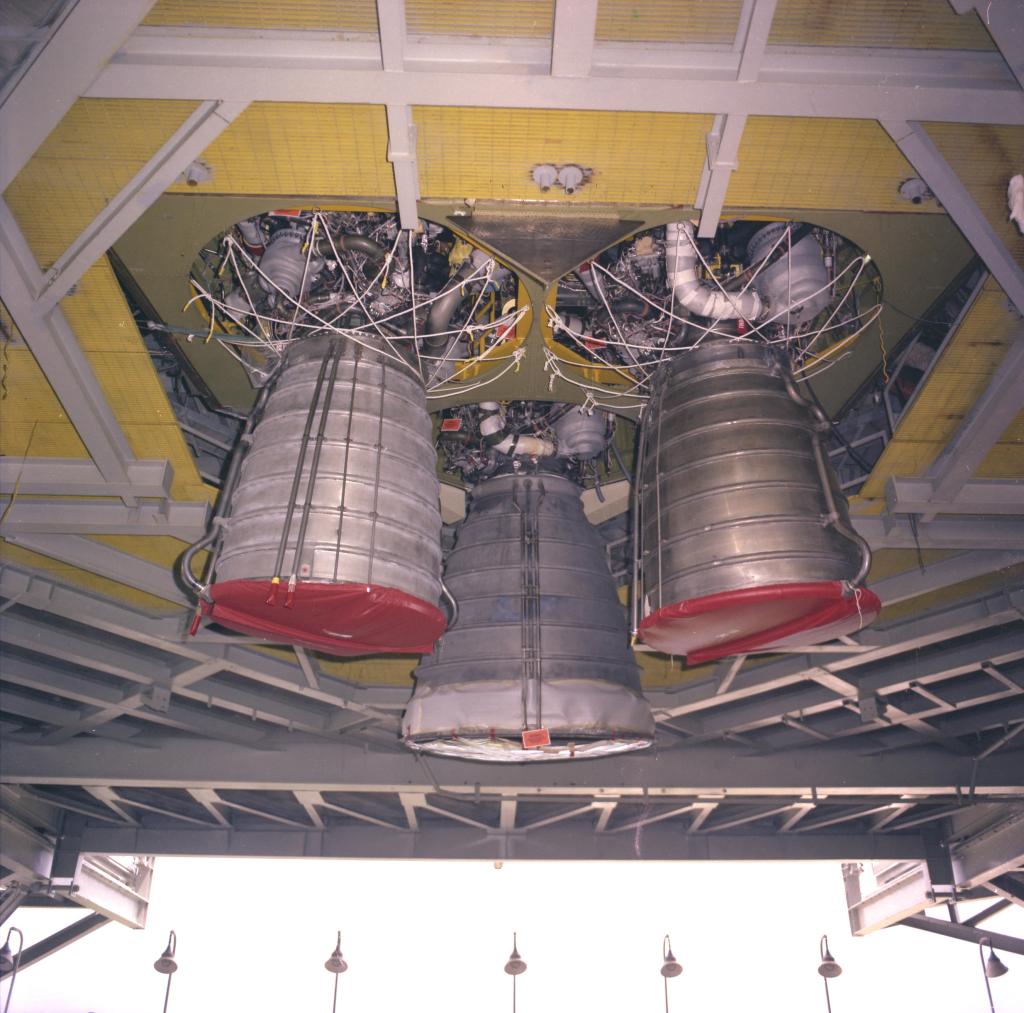Chemical Soups Around Cool Stars
| Credit | NASA/JPL-Caltech/T. Pyle (SSC) |
|---|---|
| Language |
|
This artist's conception shows a young, hypothetical planet around a cool star. A soupy mix of potentially life-forming chemicals can be seen pooling around the base of the jagged rocks. Observations from NASA's Spitzer Space Telescope hint that planets around cool stars -- the so-called M-dwarfs and brown dwarfs that are widespread throughout our galaxy -- might possess a different mix of life-forming, or prebiotic, chemicals than our young Earth.
Life on our planet is thought to have arisen out of a pond-scum-like mix of chemicals. Some of these chemicals are thought to have come from a planet-forming disk of gas and dust that swirled around our young sun. Meteorites carrying the chemicals might have crash-landed on Earth.
Astronomers don't know if these same life-generating processes are taking place around stars that are cooler than our sun, but the Spitzer observations show their disk chemistry is different. Spitzer detected a prebiotic molecule, called hydrogen cyanide, in the disks around yellow stars like our sun, but found none around cooler, less massive, reddish stars. Hydrogen cyanide is a carbon-containing, or organic compound. Five hydrogen cyanide molecules can join up to make adenine -- a chemical element of the DNA molecule found in all living organisms on Earth.


